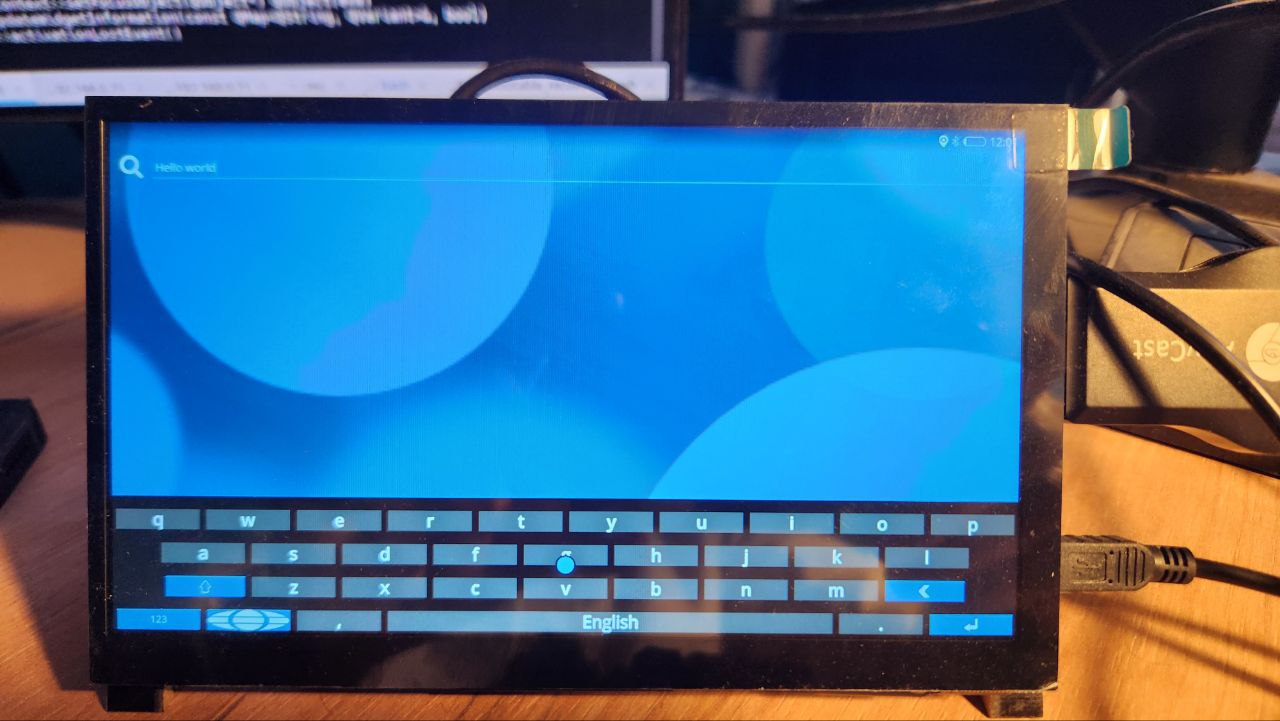This update covers recent progress in the Nemo Mobile project on Manjaro. Key highlights include fixes for pulseaudio-modules-nemo, advances in the Kremium library, the removal of outdated Telepathy components, and new GitHub-based CI. Several packages were updated or fixed, and Nemo successfully booted on the Orange Pi 3B v2.
pulseaudio-modules-nemo wasn’t compiling because Manjaro has moved to PipeWire. However, there’s a compatibility package called manjaro-pulse that allows the module to be compiled. Since Lipstick depends on pulseaudio-modules-nemo, it wasn’t possible to recompile it until this workaround was used.
In a previous blog post, the Kremium package was introduced. It is an open-source, drop-in replacement for the SailfishOS Silica library. Kremium has a strong dependency on the Qt Quick Controls Nemo component, and it aims to make recompiling SailfishOS packages for Nemo possible. To support Kremium, some changes were made to Qt Quick Controls Nemo to simplify its usage. However, these changes broke compatibility with some Glacier apps, which now require fixes. Specifically, the Theme object has been moved to import Nemo, which is not included everywhere by default. Additionally, the syntax for accessing sizes has changed from size.dp(5) to Theme.size(5). The glacier-settings package has already been updated to reflect these changes.
Phone calls and messaging were handled through the Telepathy framework. It is complex and difficult to understand, and porting it to Qt6 would require a significant amount of work. Additionally, it currently doesn’t work well with Nemo. As a result, all related components have been dropped in Nemo. This was somewhat expected and has been suggested for quite some time, so it shouldn’t come as a big surprise.
GitHub Actions are used for continuous integration. A new repository group has been created at https://github.com/NemoOnManjaro/. Commits to this group should immediately trigger package builds, which are then published to the https://img.nemomobile.net/manjaro/ package repository for each branch. This setup is intended to accelerate package updates.
Nemo boot and initial setup were demonstrated on the Orange Pi 3B v2.
A number of packages were updated, including sensorfw, mlite, libngf-qt, and libphonenumber-nemo. Colors and icons in glacier-settings were fixed, and the Glacier Web Browser was rebuilt using the new WebEngine. Content rotation handling in glacier-home was reworked, and glacier-device-lock was fixed—the issue was partly due to the path where files were installed. The glacier-packagemanager build was previously broken but should now work; it is one of the packages required for image rebuilding. The Maliit on-screen keyboard was also fixed.
![]()
